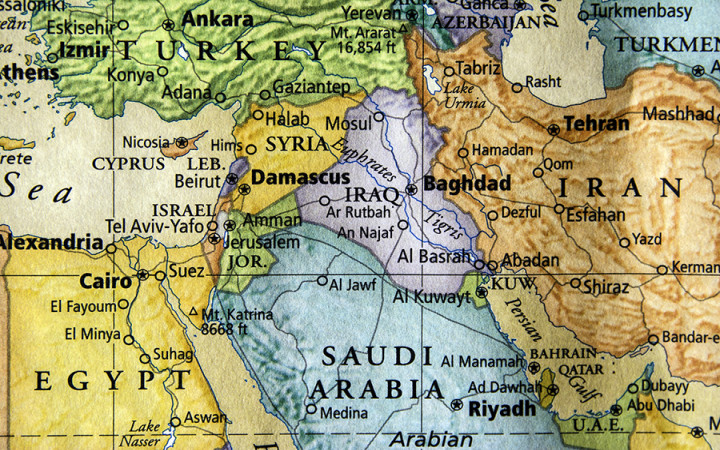Today’s Wonder of the Day was inspired by Heba from Fontana, CA. Heba Wonders, “Who was Muhammad?” Thanks for WONDERing with us, Heba!
One of the most influential political and religious leaders in history was born around 570 A.D. in Mecca, which is in modern-day Saudi Arabia. His name? Muhammad.
Sometimes spelled Mohammed, his full name was Abū al-Qāsim Muḥammad ibn ʿAbd Allāh ibn ʿAbd al-Muṭṭalib ibn Hāshim. Born into the Hashim clan, Muhammad was raised primarily by his grandfather and his uncle, because his father died before he was born and his mother died when he was a child.
At the age of 25, Muhammad married a rich widow and lived a normal life as a merchant. Occasionally, however, he would travel to a cave in Mount Hira north of Mecca to contemplate the problems he saw with the pagan society in the city where he lived.
In 610 A.D., Muhammad had a vision in the cave. He heard the angel Gabriel proclaim that he, Muhammad, was to be the messenger of God and the Arab prophet of the "true religion."
This revelation was the first of many that would be collected over time to form the Qur'an (sometimes spelled Koran), which would become the holy book of the religion founded by Muhammad: Islam. Islam means "surrender (to God)," and its followers — "those who have surrendered" — are known as Muslims.
Muhammad saw himself as the last prophet of the Judaic-Christian tradition. He used aspects of these older religions and combined them with new doctrines of his own to form the basis of Islam. His teachings united the many different tribes of the Arabian Peninsula and forever changed the history of the Middle East and the rest of the world.
By 615 A.D., Muhammad had about 100 followers in Mecca. He began to speak out against greedy merchants. He also denounced the polytheism and worship of idols that was rampant throughout the city.
Muhammad also began to gain followers in Medina, a city about 200 miles north of Mecca. As leaders in Mecca began to plot against Muhammad because of his teachings, he began to encourage his followers to move to Medina.
When city leaders learned that Muslims were leaving to move to Medina, they began to plan to assassinate Muhammad. However, Muhammad was able to flee Mecca and make his way to Medina.
This famous journey became known as the Hegira. It was completed on September 24, 622, which would later become the start (year 1) of the Muslim calendar.
In Medina, Muhammad continued to gain followers and eventually set up a theocratic state. He eventually returned to conquer Mecca with a 10,000-man army in January 630. By the time Muhammad died on June 8, 632, he effectively ruled most of Arabia.
Muhammad's successors continued to build the Islamic empire into one of the largest empires the world has ever seen. Islam itself continued to spread around the world, as well, and today it is the second-largest religion in the world behind Christianity.




